In brand strategy, choosing the exemplary brand architecture is one critical decision that can make or break a company’s success. Two popular approaches, the house of brands and the branded house, have emerged as contrasting strategies with unique advantages and considerations.
As businesses strive to establish a strong brand presence and resonate with their target audience, understanding the variations of these plan of action becomes paramount.
We will overview a detail differentiation of house of brands versus branded house to pick the right one for you.
What is a House of Brands?
A company establishes and manages a diverse portfolio of individual brands, each with its own distinct identity, positioning, and target market.
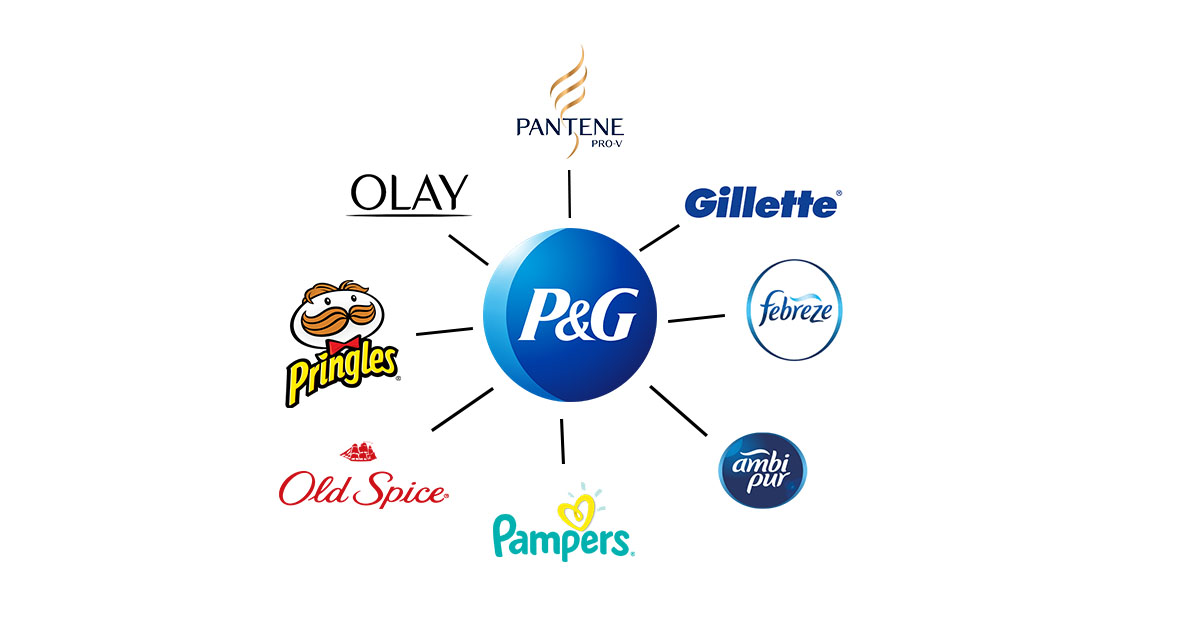
Upsides of House of Brands
-
- Increased Brand Diversification and Target Market Reach
By nurturing multiple individual brands under the umbrella, companies can cater to a broader range of consumer preferences, needs, and market segments.
Each brand can be tailored to target specific customer demographics, allowing for a more focused and effective marketing approach. This diversification expands the company’s reach and mitigates the risk of relying solely on one brand.
-
- Flexibility for Brand Acquisitions and Divestitures
A house of brands approach offers flexibility when acquiring or divesting brands. Companies can strategically align their brand portfolio with their objectives by developing established brands or relieving brands that no longer fit.
This flexibility allows businesses to adapt to market changes and seize growth opportunities. Moreover, to streamline its portfolio based on market trends and consumer demands.
Pitfalls of House of Brands
-
- Potential Dilution of Individual Brand Identities
One of the critical challenges in managing a house of brands is the potential dilution of individual brand identities. With multiple brands operating independently, there is a risk of overlapping target markets, similar product offerings, or inconsistent messaging that can confuse consumers.
This dilution can weaken each brand’s distinct positioning and identity, making it harder for customers to differentiate themselves from competitors. It requires careful brand management and effective communication to maintain the individuality and uniqueness of each brand within the portfolio.
-
- Difficulty in Building a Strong Corporate Brand Presence
In a house of brands, the company’s brand often takes a backseat to the individual brands. While this allows for flexibility and autonomy, it can pose challenges in building a solid and recognizable brand presence.
The focus on promoting individual brands can overshadow the visibility and reputation of the corporate brand itself. Building a solid corporate brand requires strategic efforts to establish a clear brand purpose, values, and identity that resonate with consumers and stakeholders.
What is a Branded House?
In a branded house, umbrella, or monolithic branding plan, a company emphasizes and promotes its brand as the primary brand identity across all products and services.

Benefits of a Branded House
-
- Clear and Consistent Brand Messaging
One of the key advantages of a branded house plan is the ability to establish clear and consistent brand messaging across all products and services.
With a unified brand identity, companies can effectively communicate their brand values, attributes, and promises to consumers.
This consistency creates a strong brand image and reinforces brand recognition, making it easier for customers to identify and connect with the brand across different offerings.
Clear and consistent brand messaging enhances brand trust and loyalty, as customers associate positive experiences with the overarching brand.
-
- Strong Brand Equity and Customer Loyalty
A branded house technique allows companies to leverage the existing brand equity and customer loyalty associated with their corporate brand. When customers perceive the corporate brand positively, they are more likely to trust and try new products or services launched under the same umbrella.
This trust and loyalty can increase customer retention, repeat purchases, and advocacy. By capitalizing on the strength of the corporate brand, businesses can save resources on brand building and focus on delivering quality offerings that align with customer expectations.
Disadvantages of a Branded House
-
- Limited Brand Diversification Opportunities
One of the challenges of a branded house approach is the limited opportunity for brand diversification. Since all products and services are tied to the same corporate brand, companies may need help to target multiple market segments or cater to diverse consumer needs.
This lack of flexibility in branding can limit the company’s ability to expand into new product categories or reach niche markets that require distinct branding strategies.
When considering a branded house approach, assessing the potential trade-offs between brand diversification and the benefits of a unified brand identity is crucial.
-
- Risk of Negative Impact on Individual Product/Service Brands
In a branded house tactics, the reputation and perception of the corporate brand heavily influence how individual products or services are perceived. If the corporate brand faces a crisis or negative publicity, it can directly impact the perception and trustworthiness of all offerings under the brand umbrella.
Any negative associations or brand image issues can harm the reputation and sales of individual products or services, making it challenging to dissociate them from the overarching brand. Businesses must carefully manage and protect the corporate brand’s reputation to mitigate such risks.
House of Brands Versus Branded House
Both techniques serves the same but created on different basis. Here, we will look out those differences.
Branding Focus and Identity
This is the primary differecne. House of Brands emphasizes protecting and promoting individual brands within the portfolio.
Each brand maintains its distinct identity, positioning, and marketing strategies. Customers develop associations and loyalty towards individual brands.
On the other hand, a branded house prioritizes the corporate brand as the primary brand identity, with individual offerings aligned under the overarching brand.
Brand Portfolio Management
Another key difference lies in the approach to brand portfolio management. Companies handle multiple brands under one umbrella, each operating independently in a house of brands. Brand managers are responsible for the individual brand’s positioning, marketing, and performance.
In a branded house, singular brand management focuses on maintaining a consistent brand identity and positioning across all products and services, with efforts centered on reinforcing the corporate brand.
Challenges and Benefits of Portfolio Management
Managing a portfolio of brands presents unique challenges and benefits depending on the chosen planning.
A house of brands requires careful coordination and resource allocation across multiple brands, ensuring each brand receives the necessary attention and support. This approach offers the benefits of brand diversification and the ability to target different market segments.
While a branded house offers simplified portfolio management, streamlined messaging, and the potential for leveraging brand equity across the entire portfolio.
Consumer Perception and Trust
1. Effects on Customer Trust and Loyalty
Customers may develop strong loyalty towards specific brands within the portfolio in a house of brands based on their individual experiences and preferences. This loyalty may not necessarily extend to the corporate brand itself.
A robust company’s reputation enhances customer trust and loyalty for all offerings in branded house.
2. Implications for Brand Reputation and Brand Extensions
The branding method also affects brand reputation and potential brand extensions. In a house of brands, the importance of each brand within the portfolio stands independently. Positive or negative experiences with one brand do not necessarily affect others.
Conversely, the corporate brand’s reputation can impact all offerings in a branded house. Brand extensions under a branded house approach benefit from the established reputation of the corporate brand, potentially facilitating their acceptance in the market.
Marketing and Communication Strategies
The selected brand structure influences a company’s marketing and communication strategies.
Tailoring Marketing Efforts to the Chosen Strategy
In a house of brands, marketing is customized for each brand’s identity, positioning, and target market. This approach allows for targeted messaging and promotion campaigns. Besides, branded house emphasizes the corporate brand’s values, attributes, and reputation, creating a unified brand experience.
Which is the Right Brand Architecture – House of Brands vs. Branded House
Selecting the appropriate branding structure is a critical decision that can influence the long-term business’s success. It depends on the company’s goals, target audience, competition, and desired brand image. The former involves creating and boosting portfolio variations of individual brands with unique identities and market positioning.
While the latter method includes unifying all products and services under a single, strong business brand.
A house of brands suits businesses targeting diverse market segments, seeking brand diversity, and accommodating multiple product categories.
A branded house is ideal for establishing a cohesive brand identity, reinforcing brand equity across offerings, and fostering brand loyalty.
Conclusion
Selecting the appropriate branding strategy is crucial for business success. The chosen plan should support the business’s unique needs and objectives including brand diversification, targeting specific markets or brand presence.
Understanding the nuances of each branding technique and conducting a thorough analysis is a must. This enables informed decision-making for long-term market success.

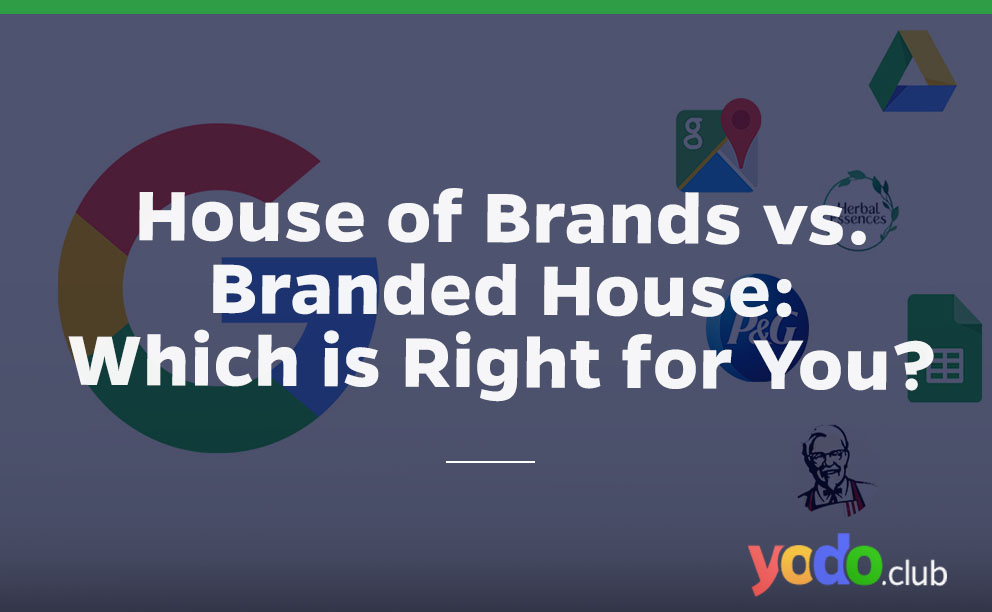

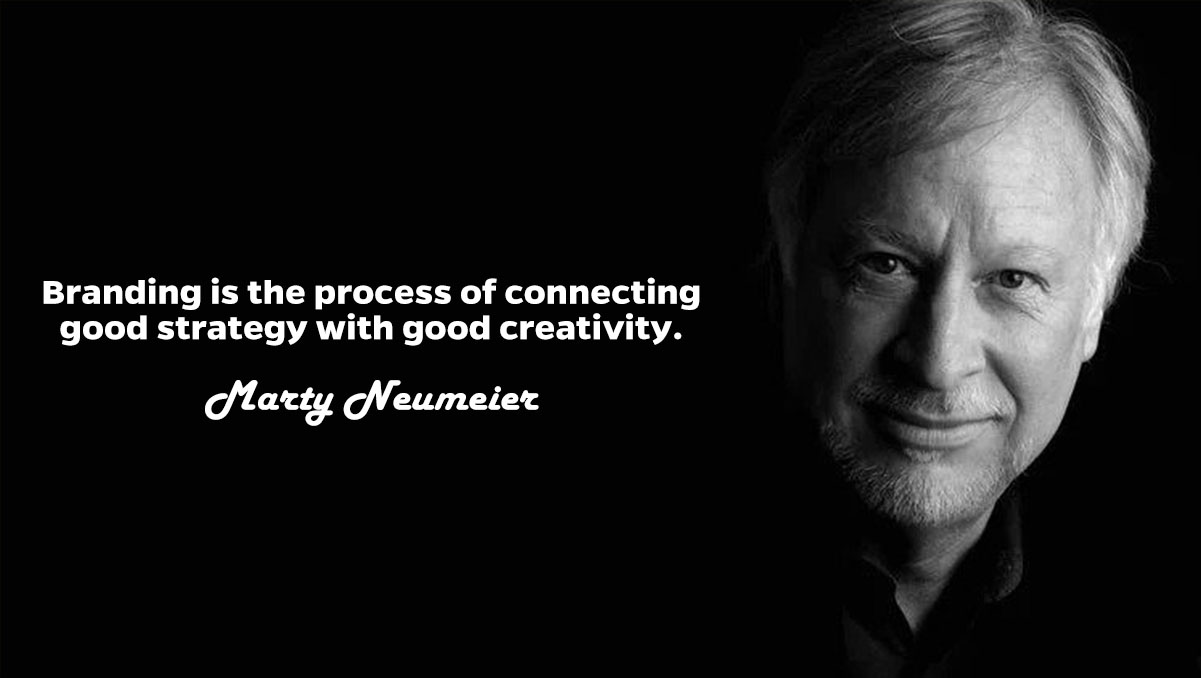



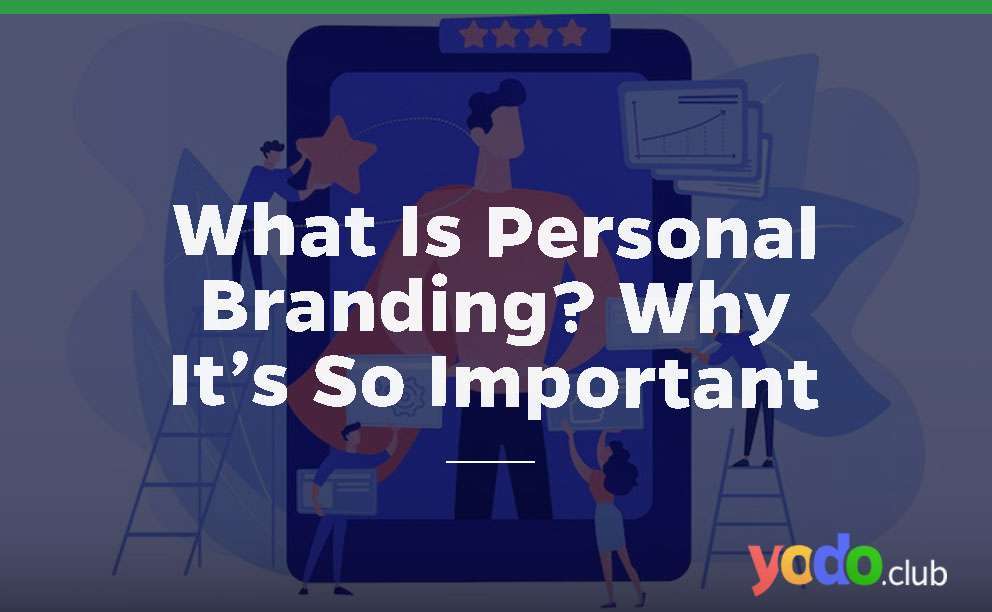




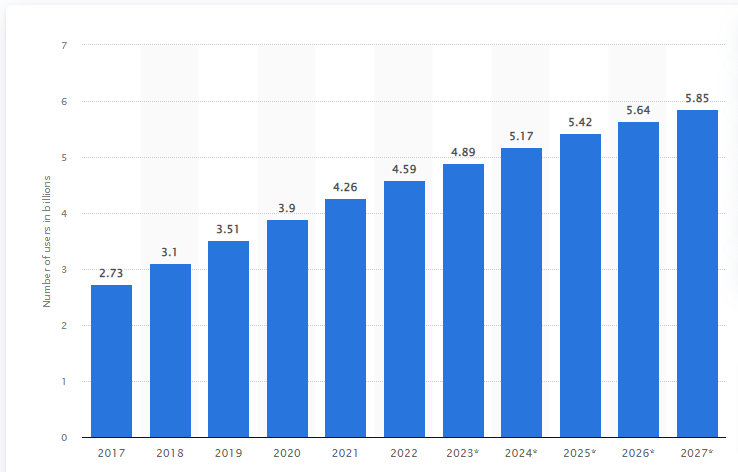
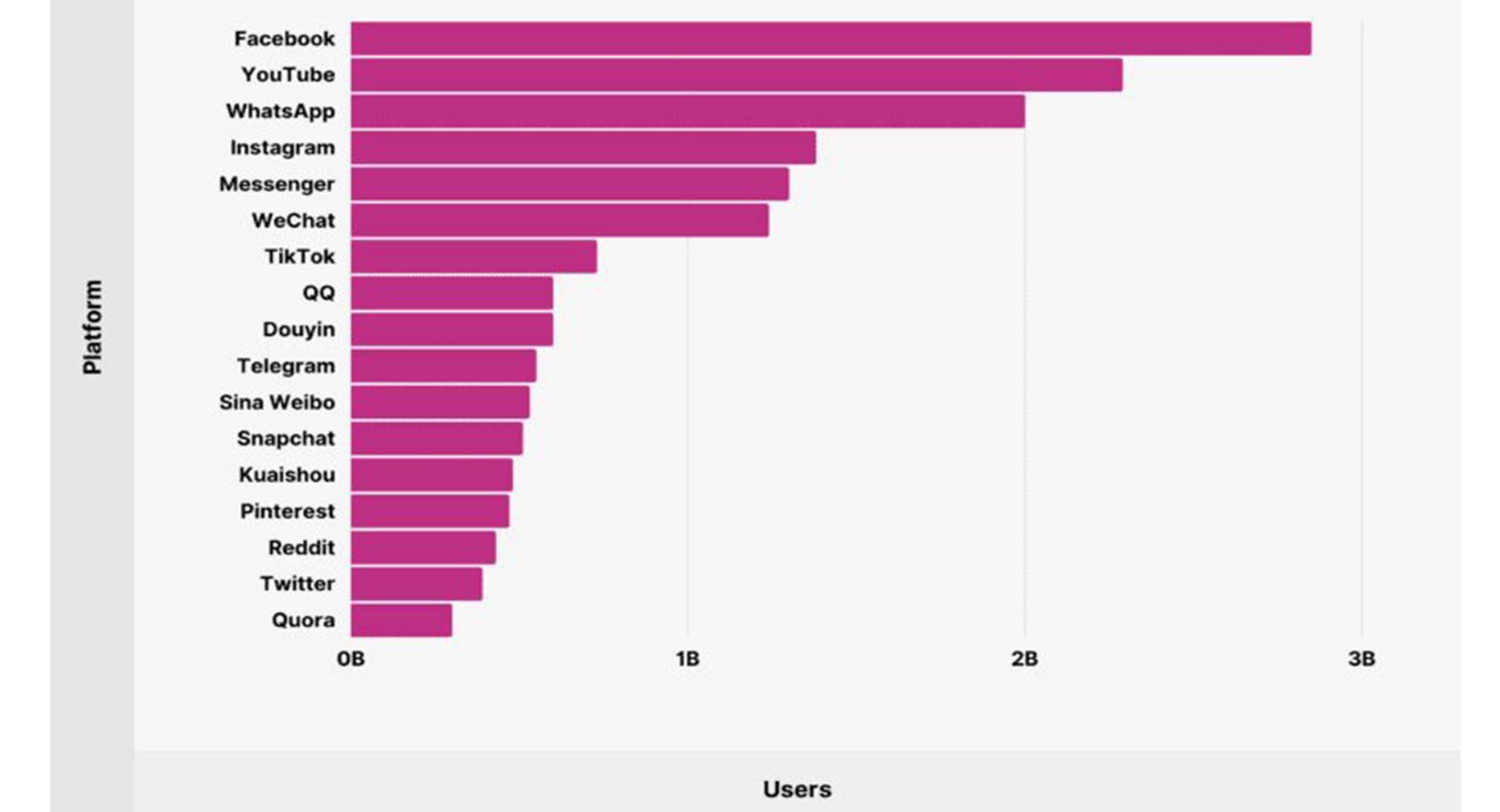


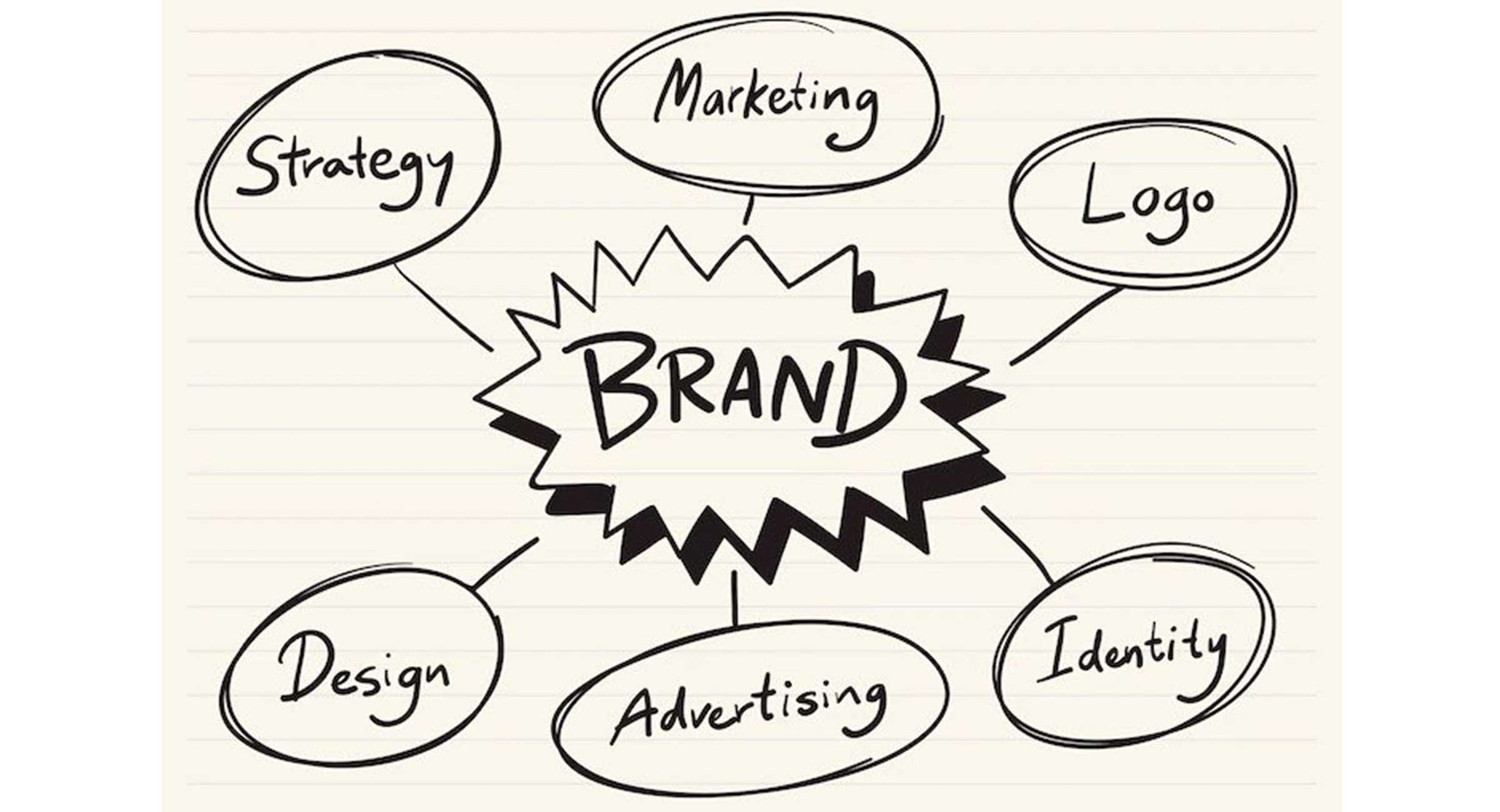
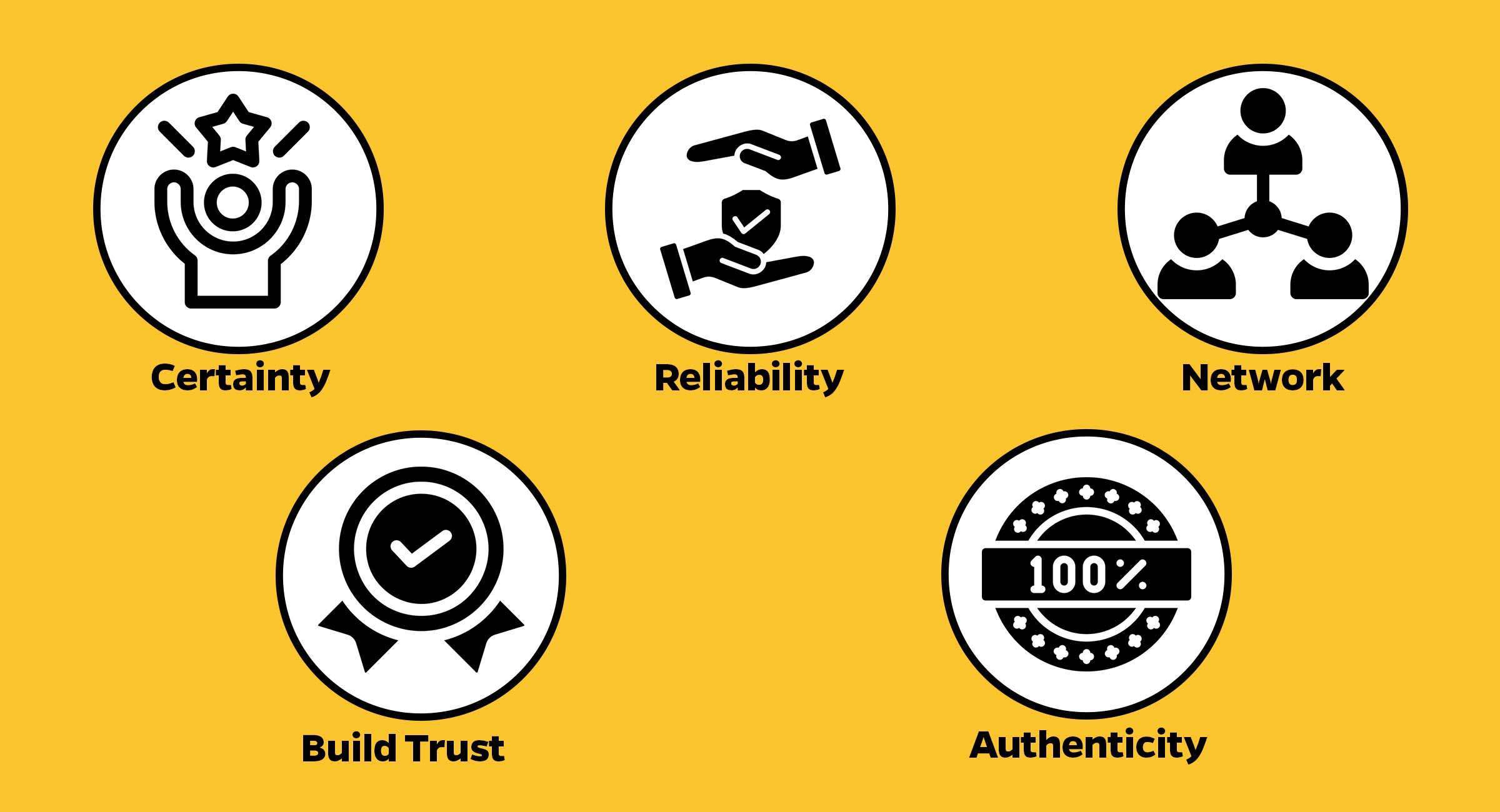
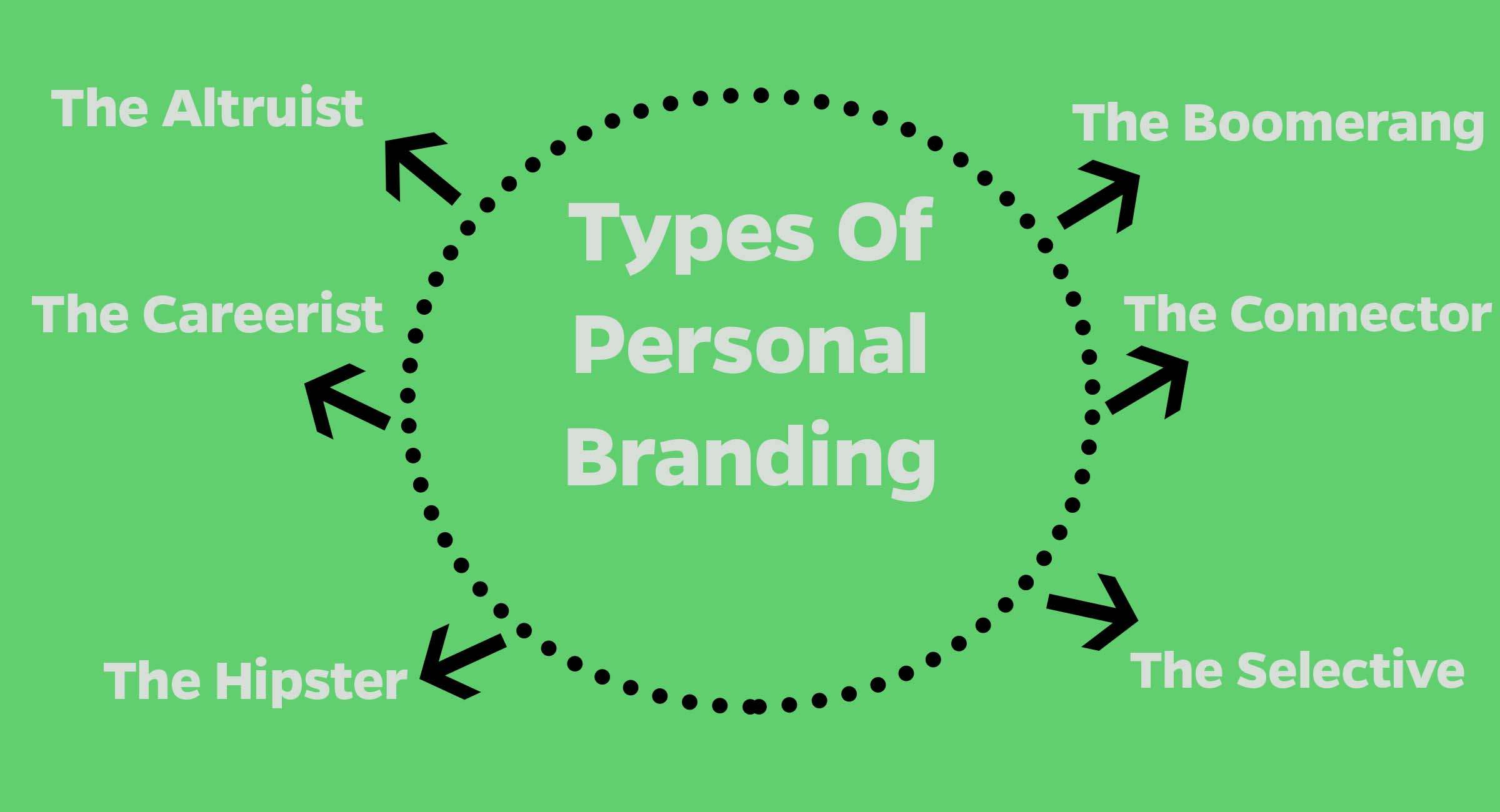




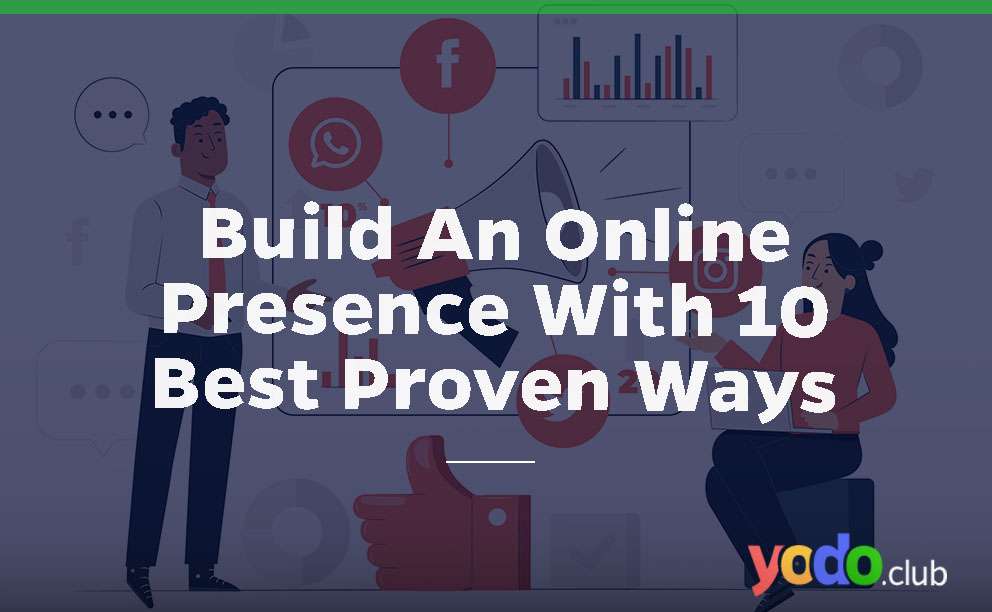
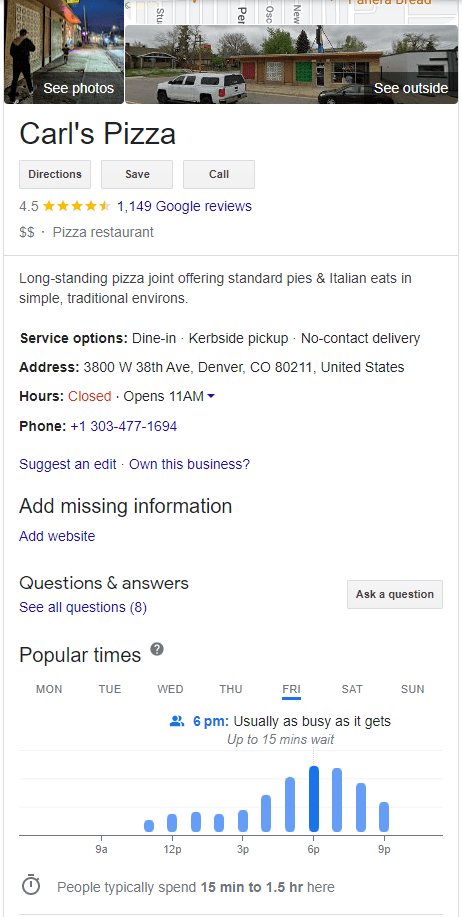
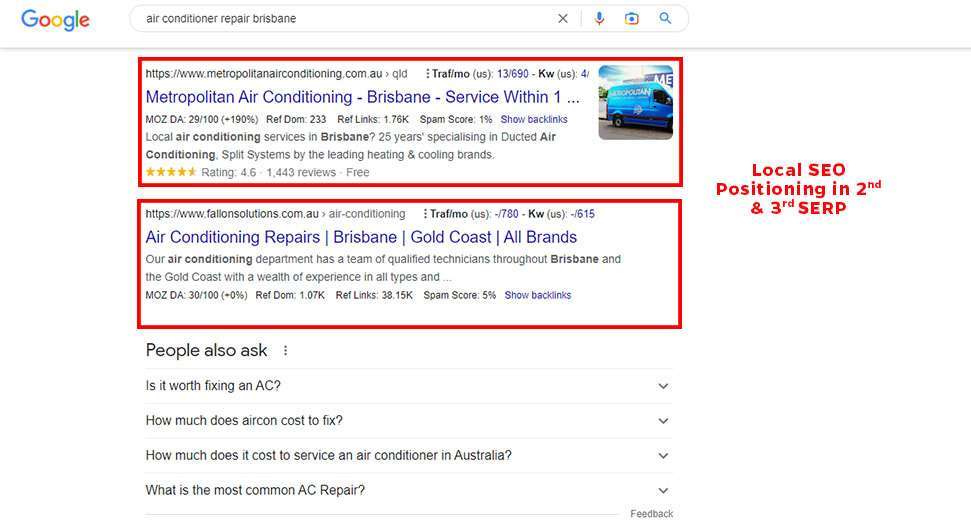
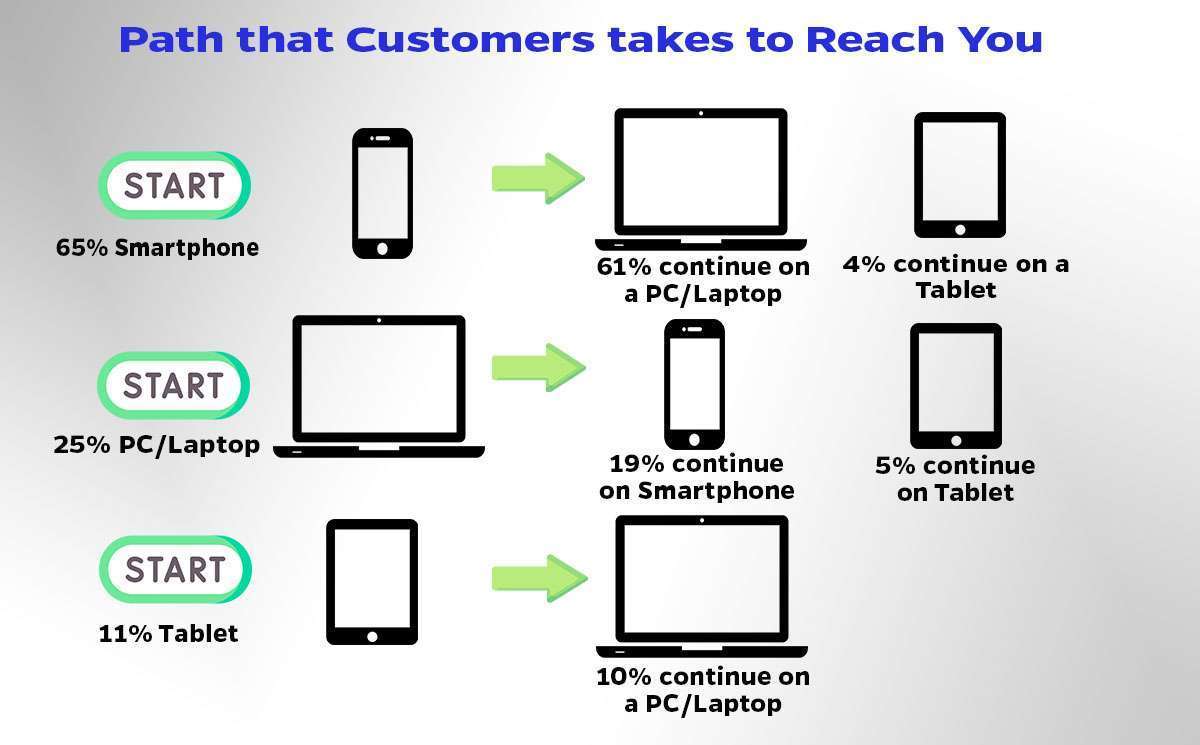

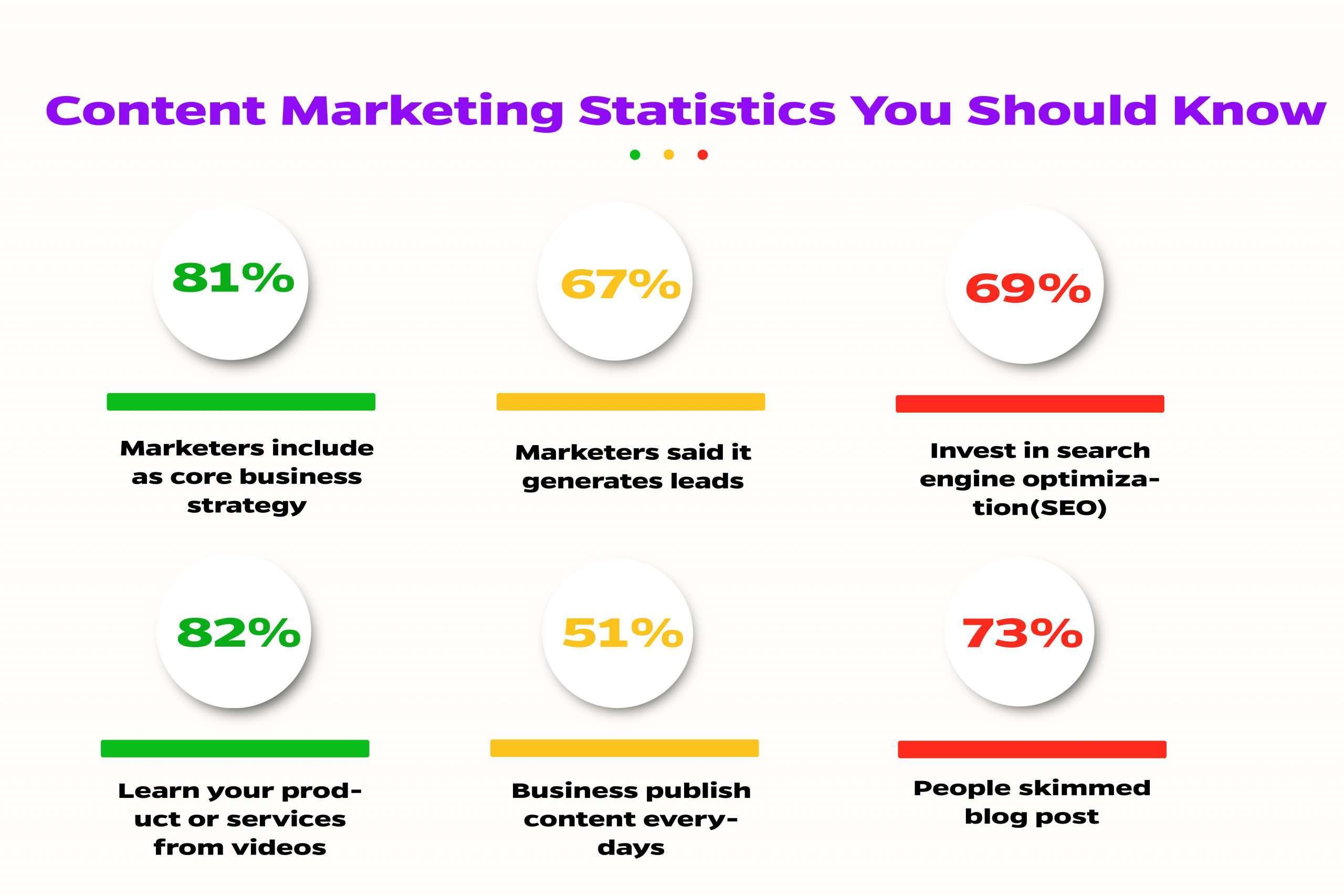

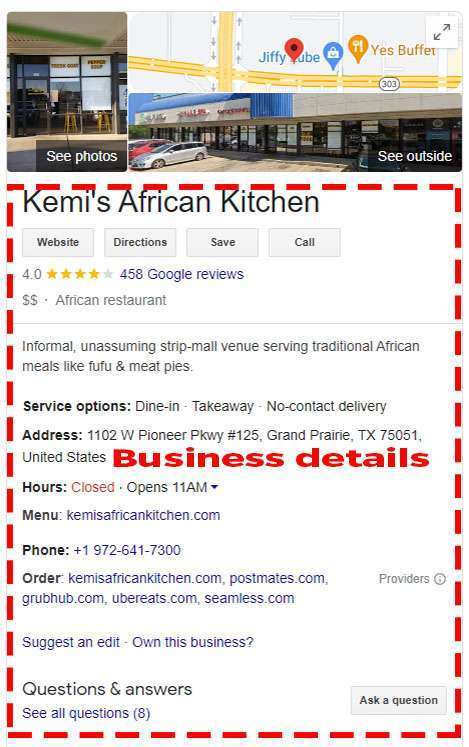
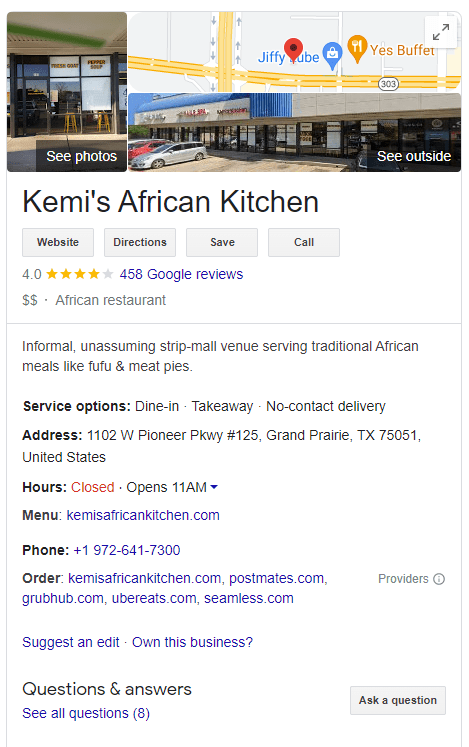
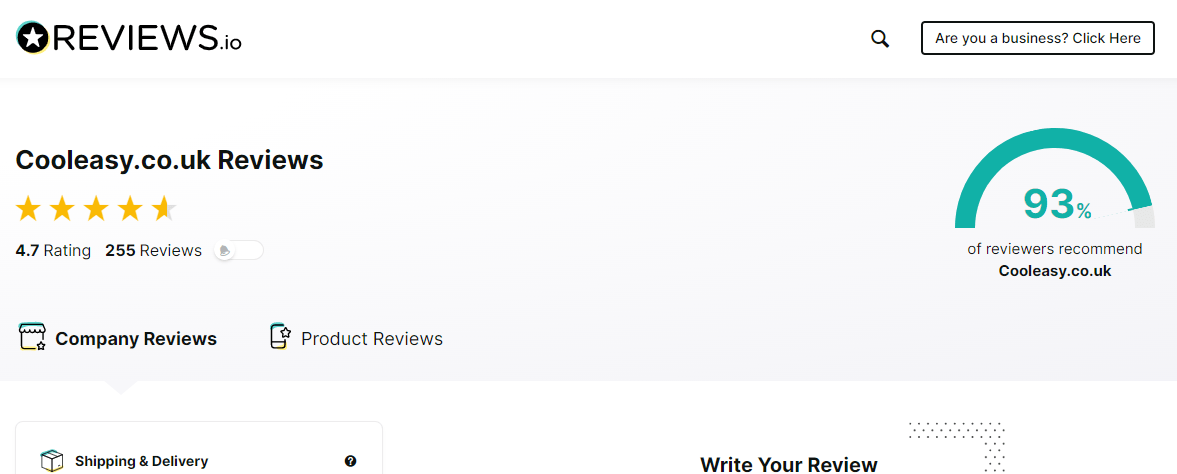
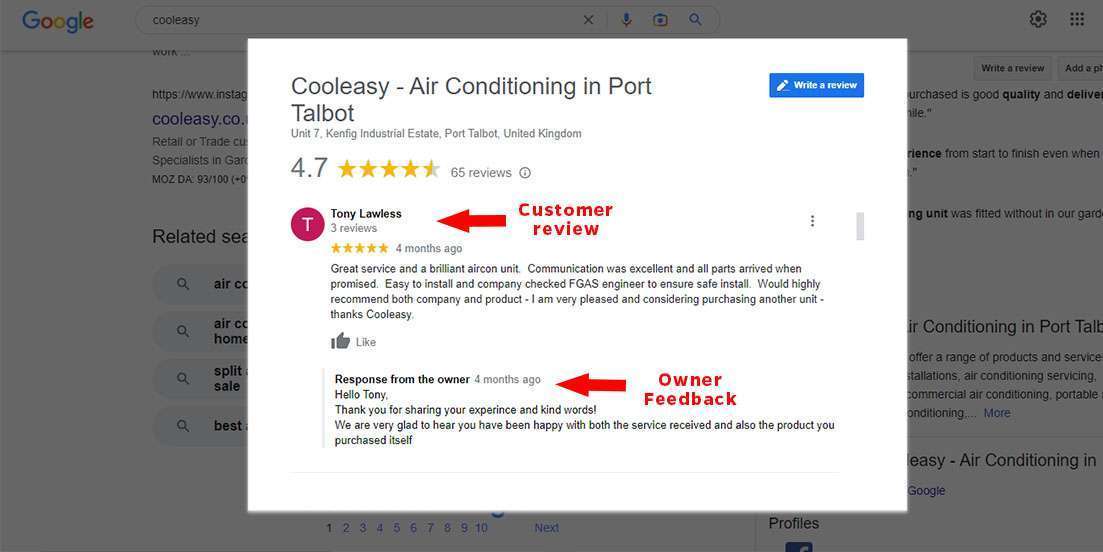

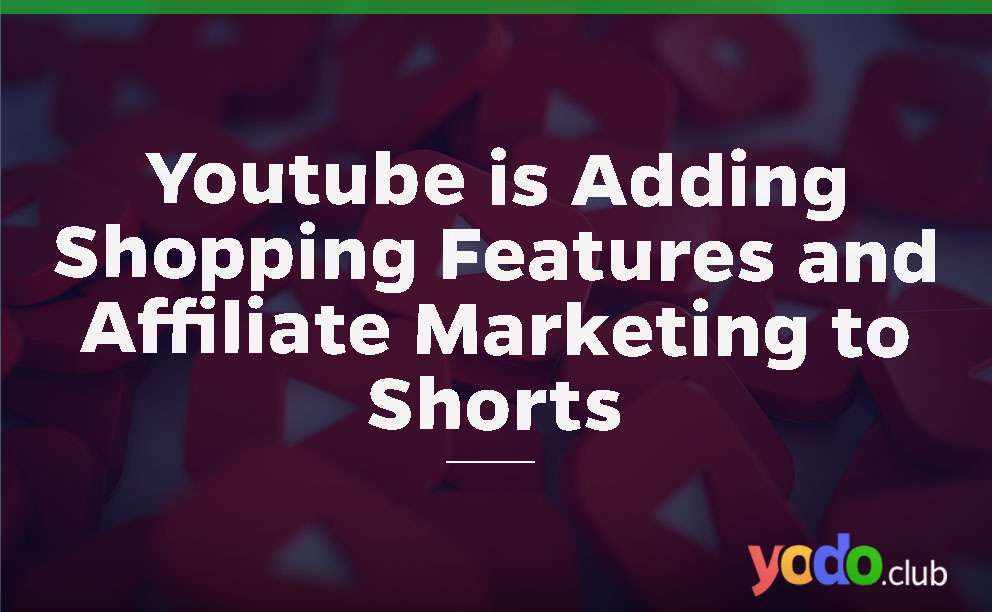

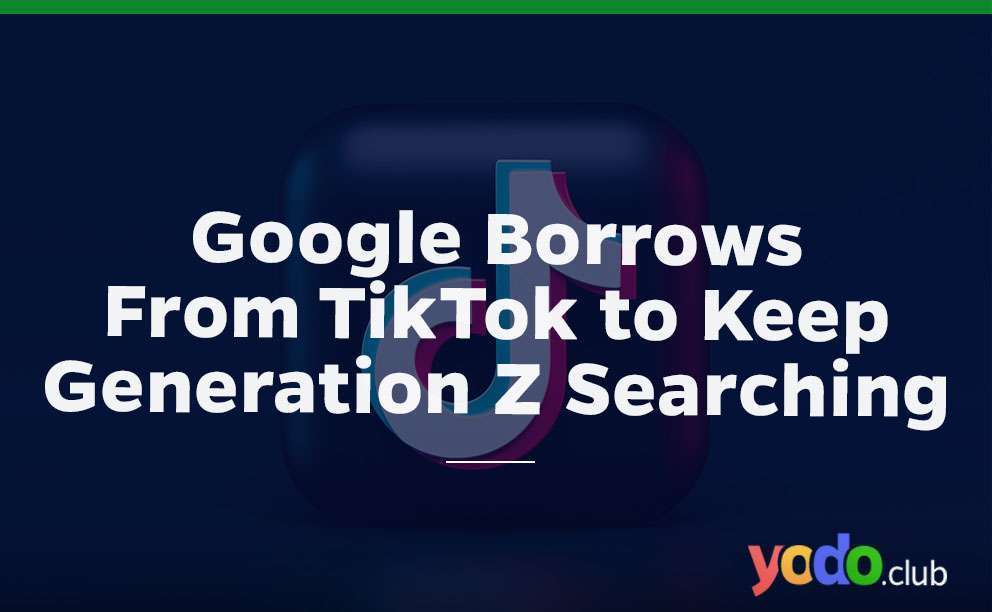






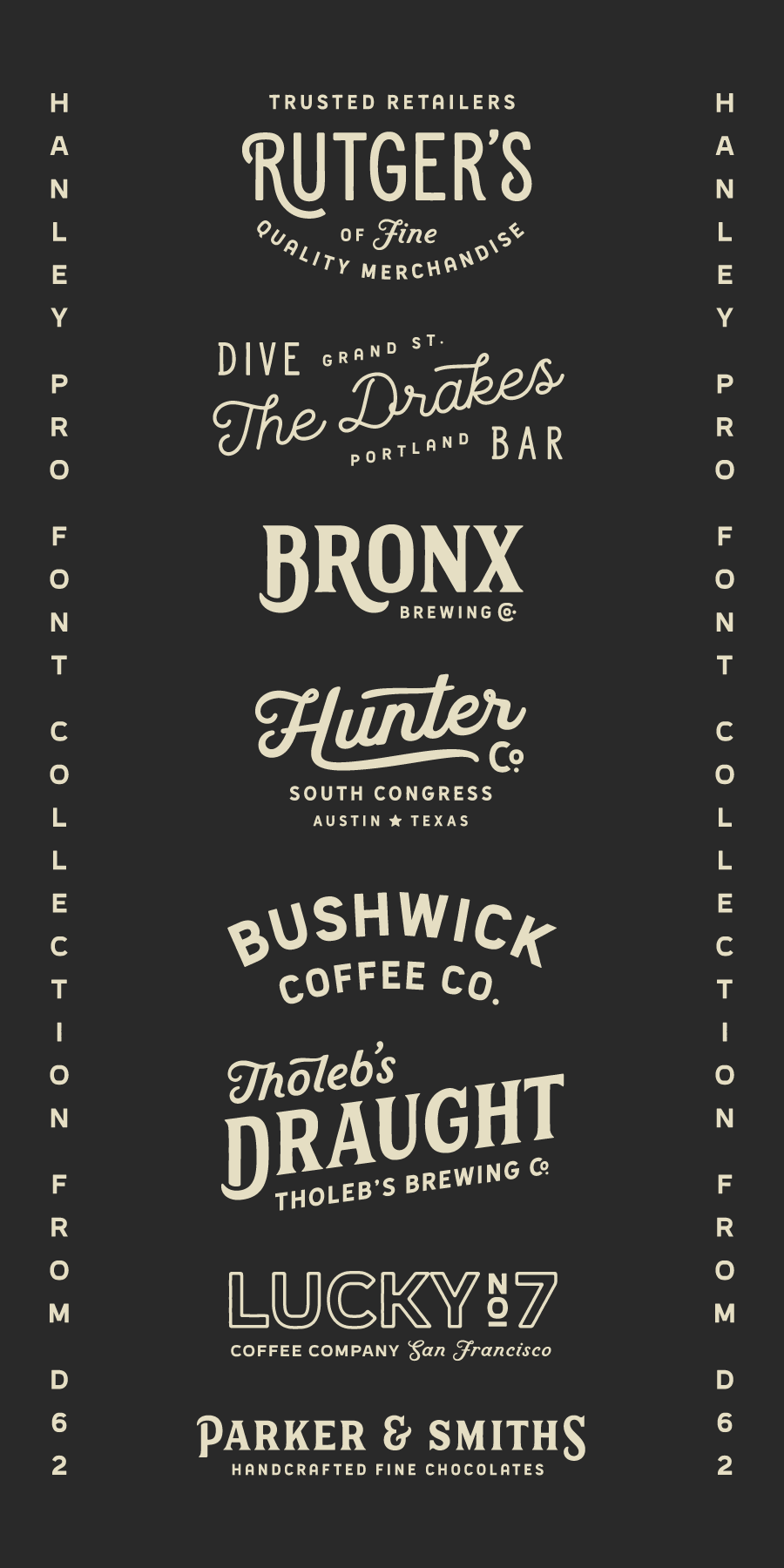
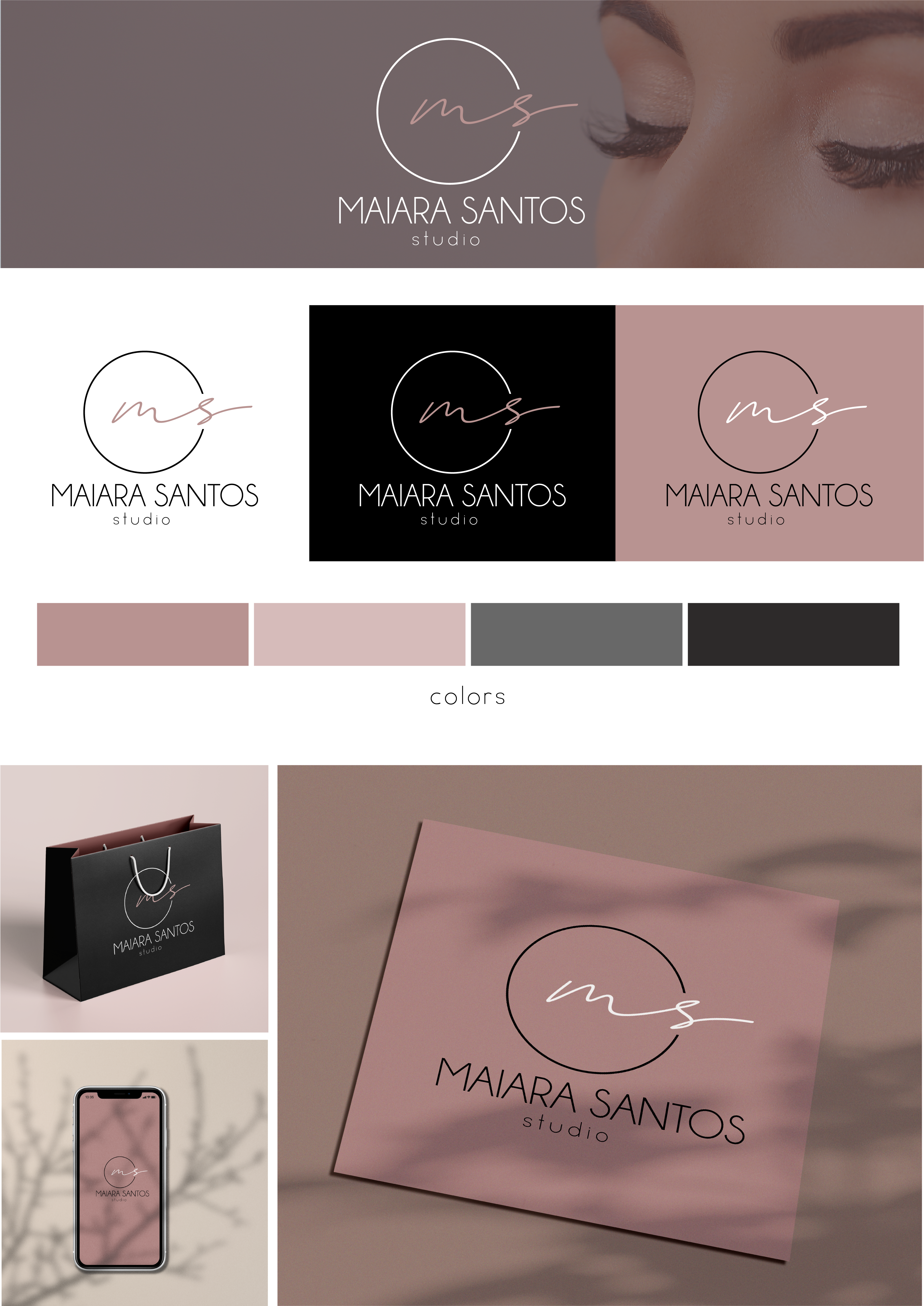










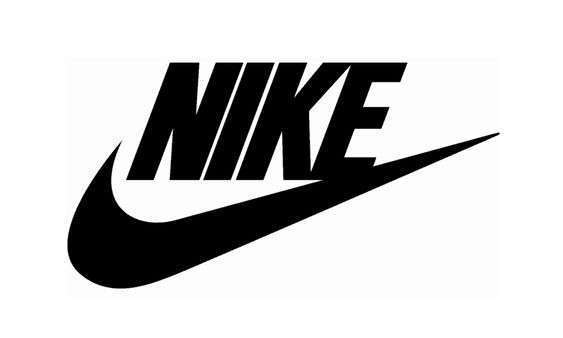
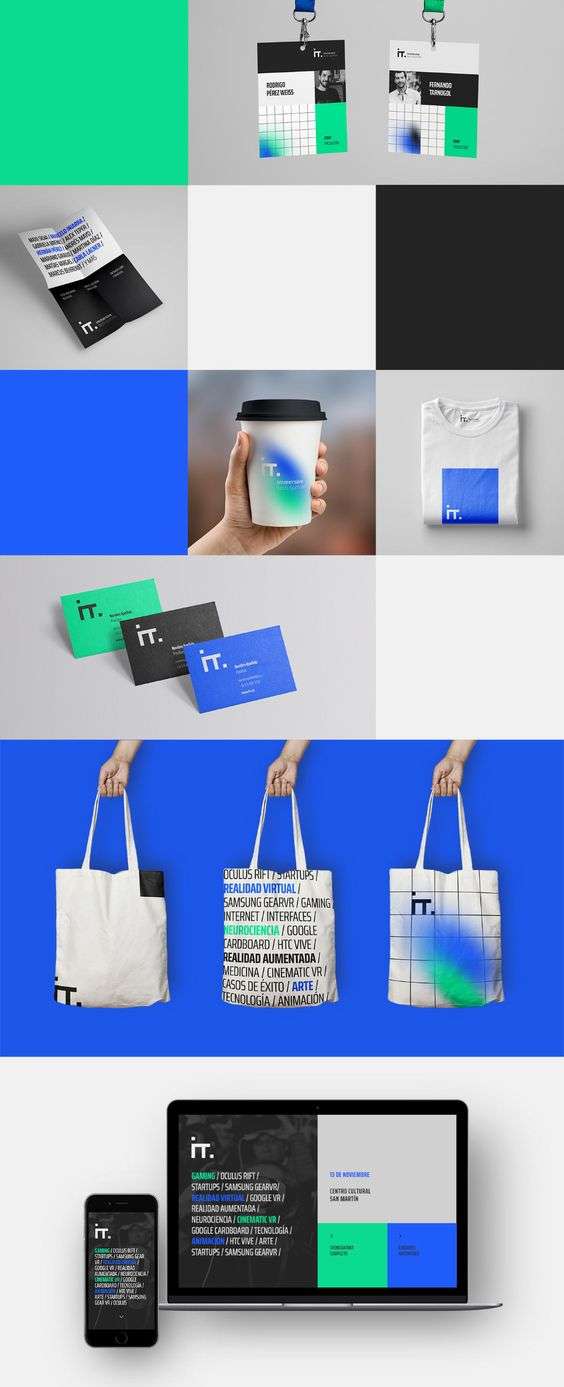



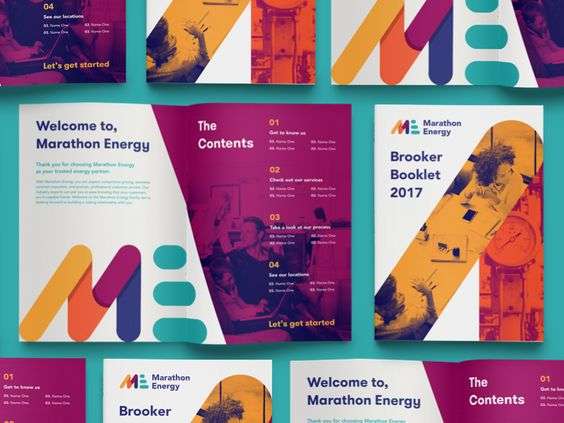

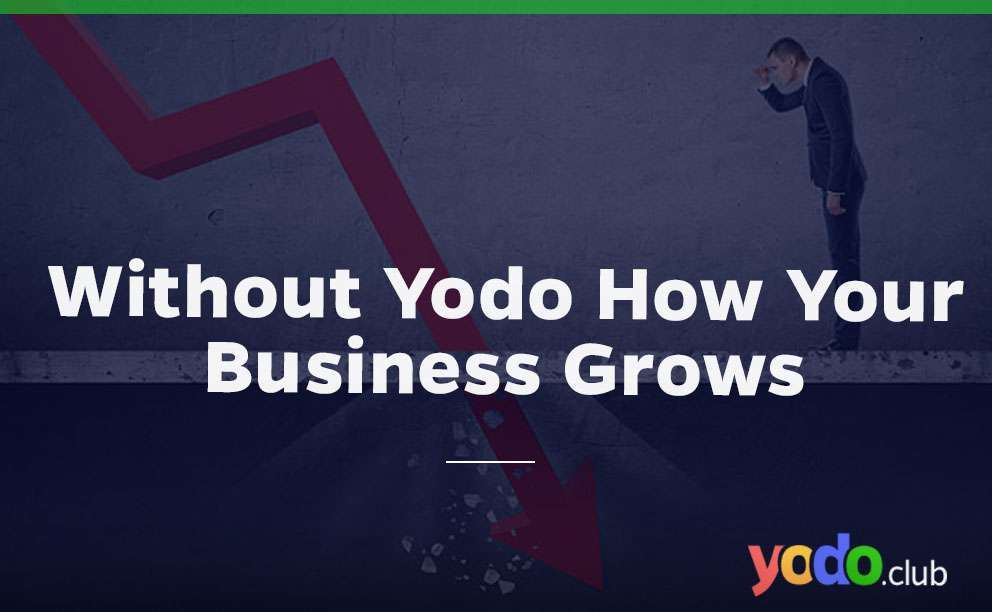




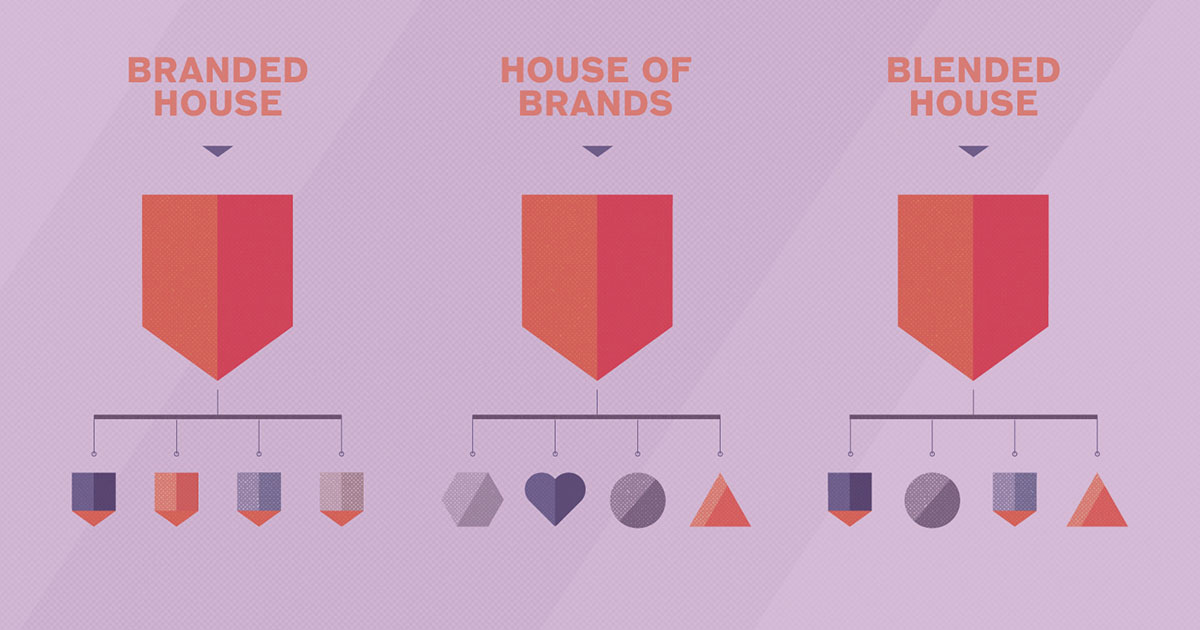


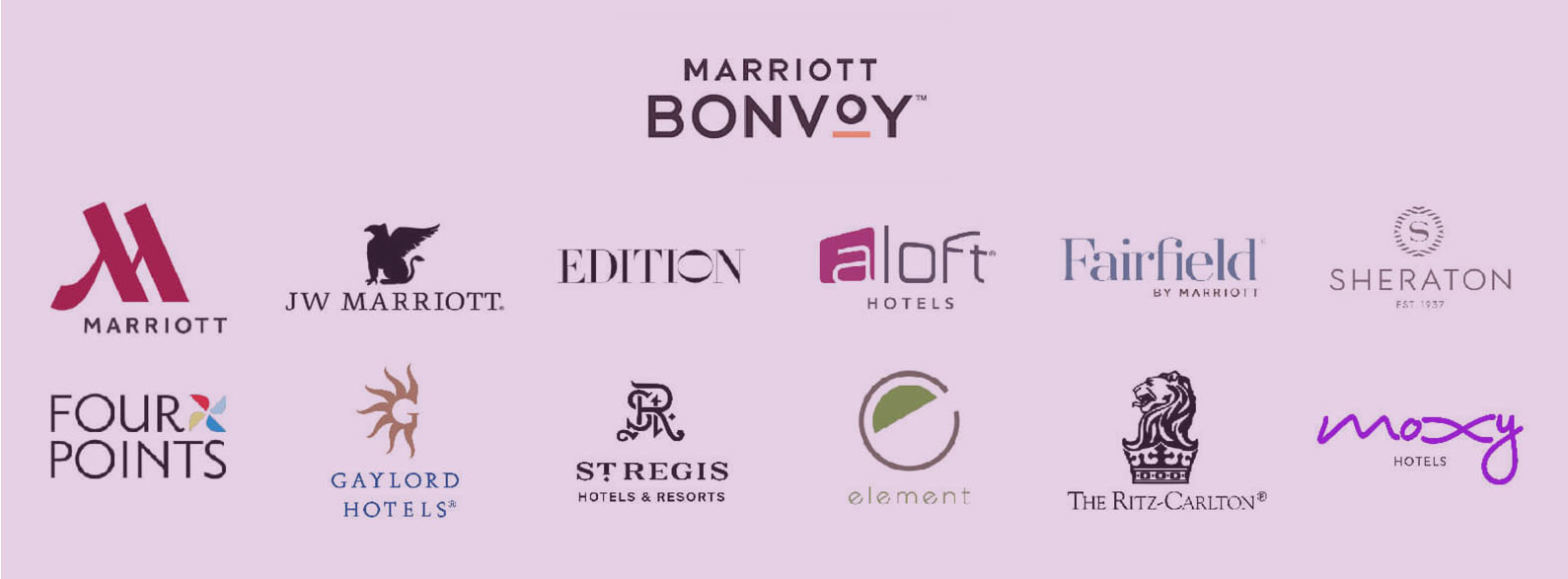
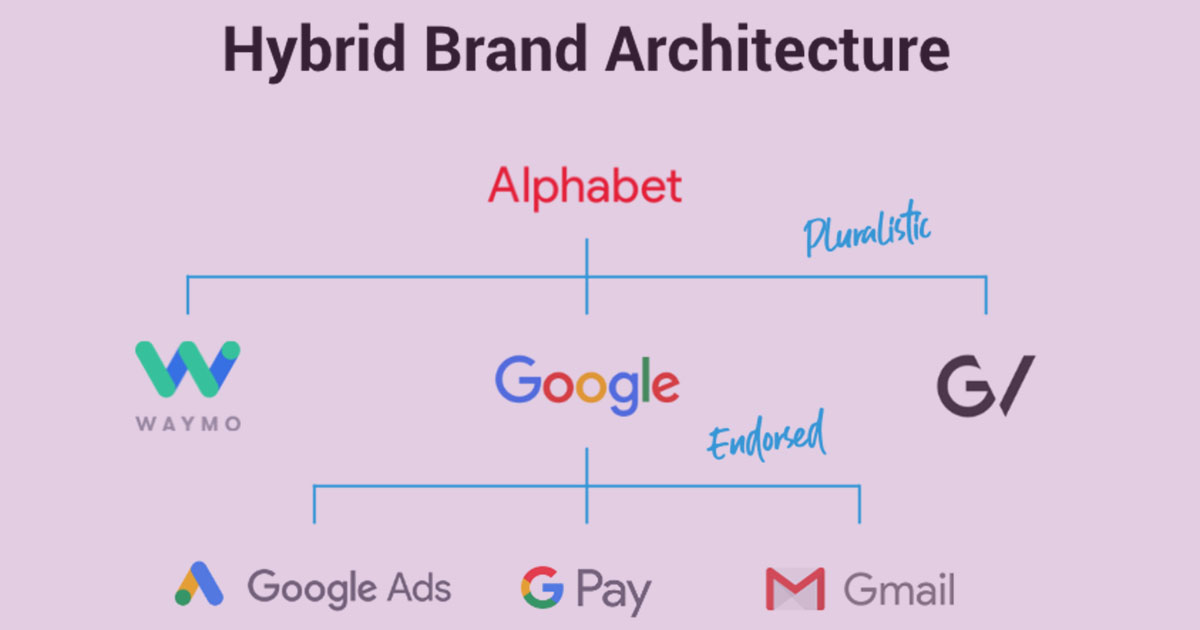

 & Passion.
& Passion.